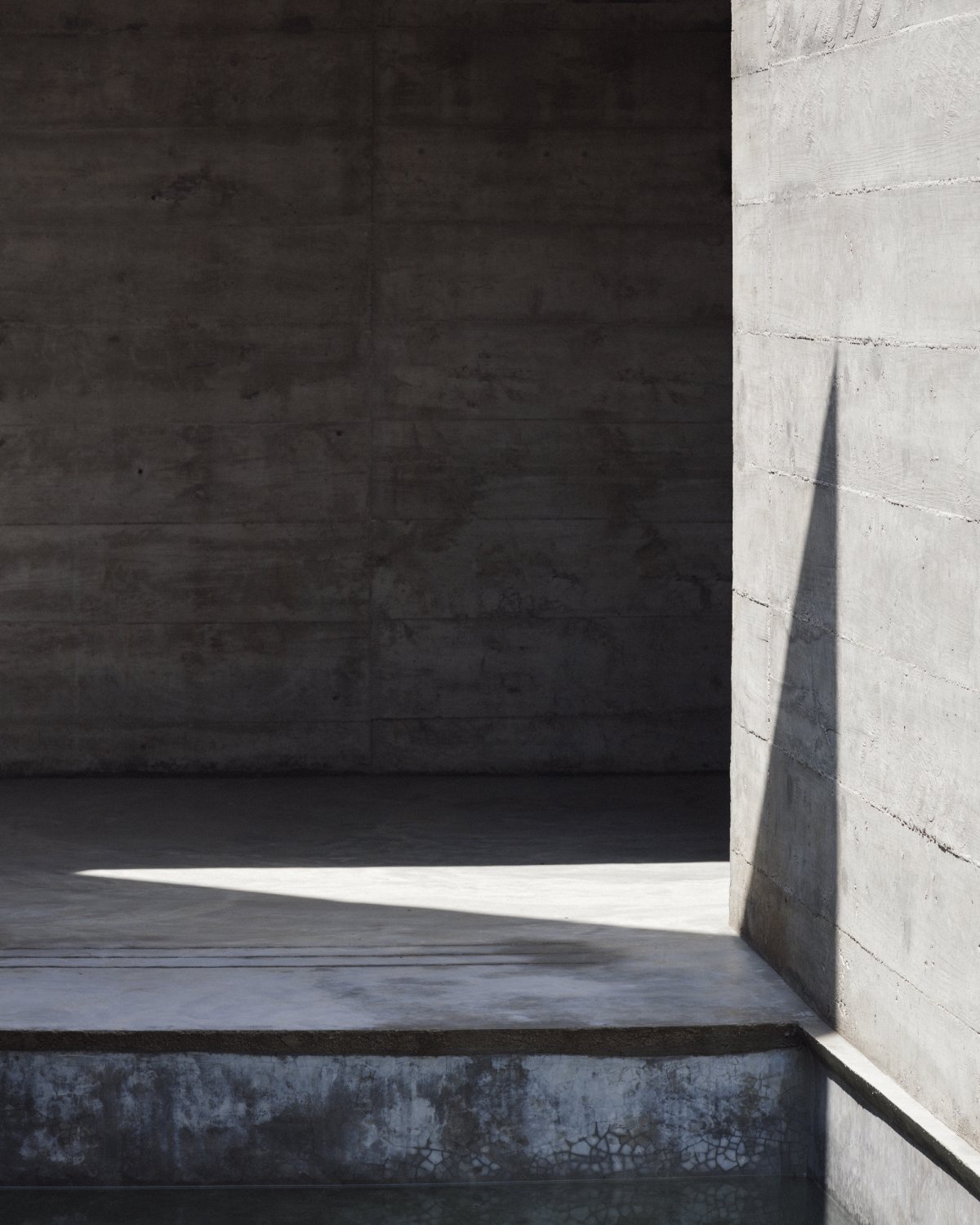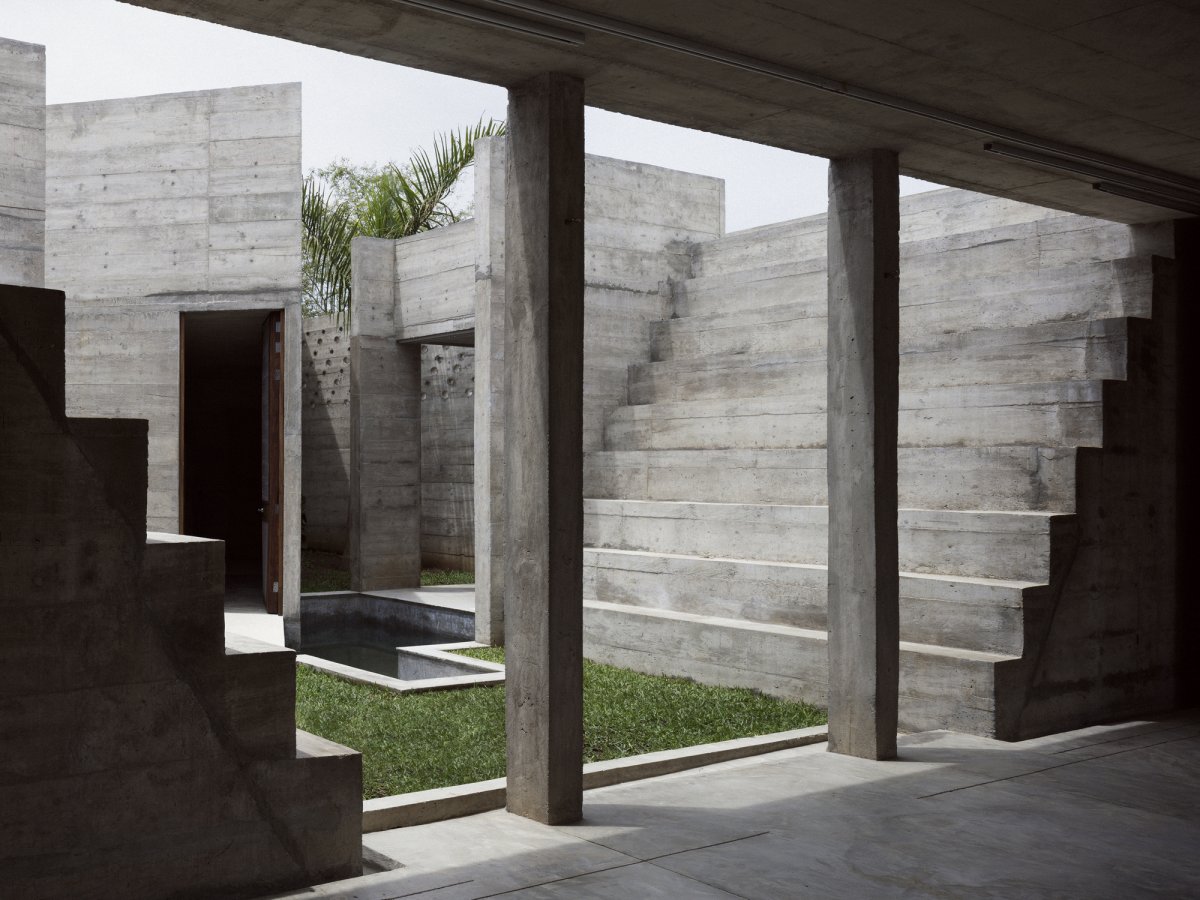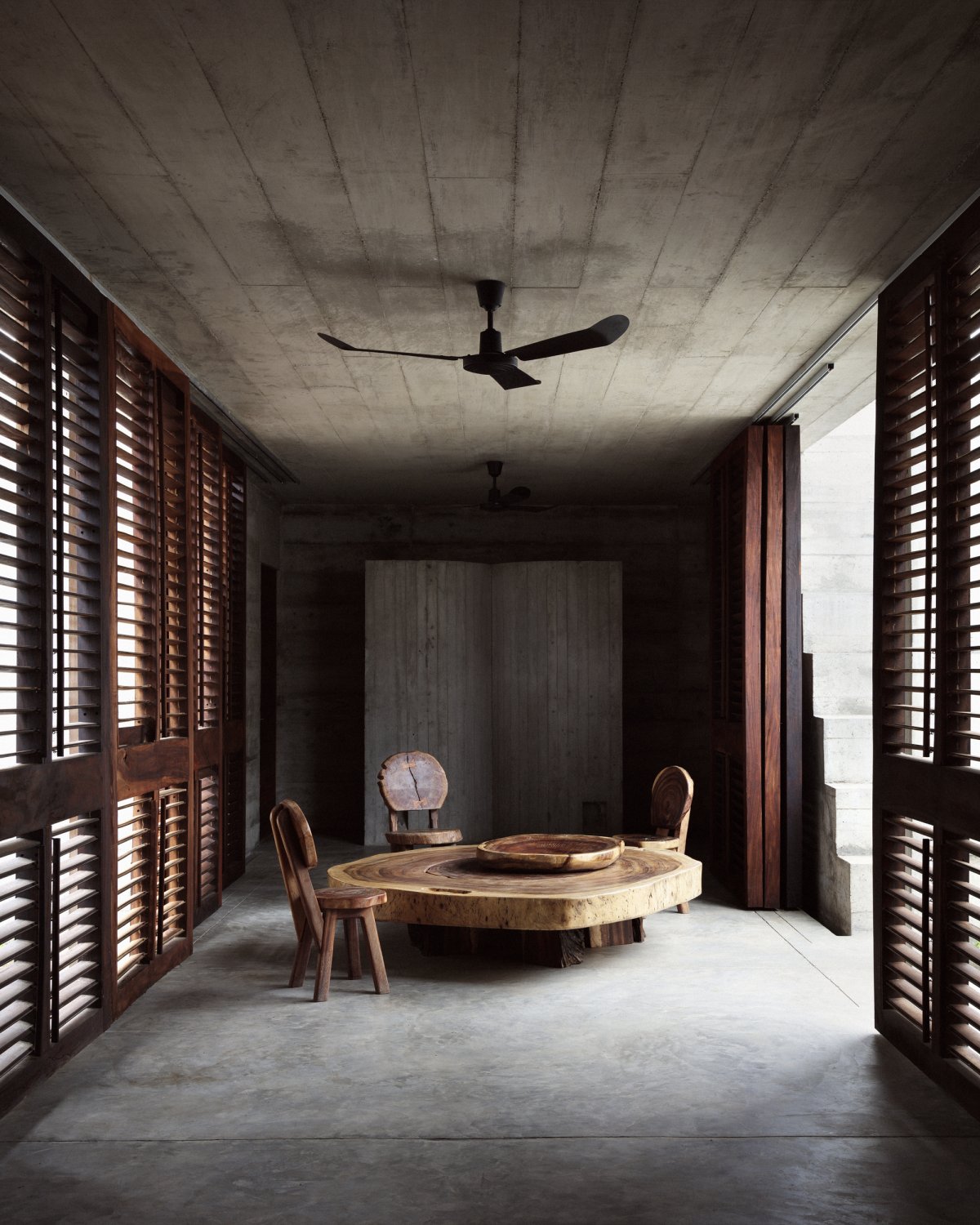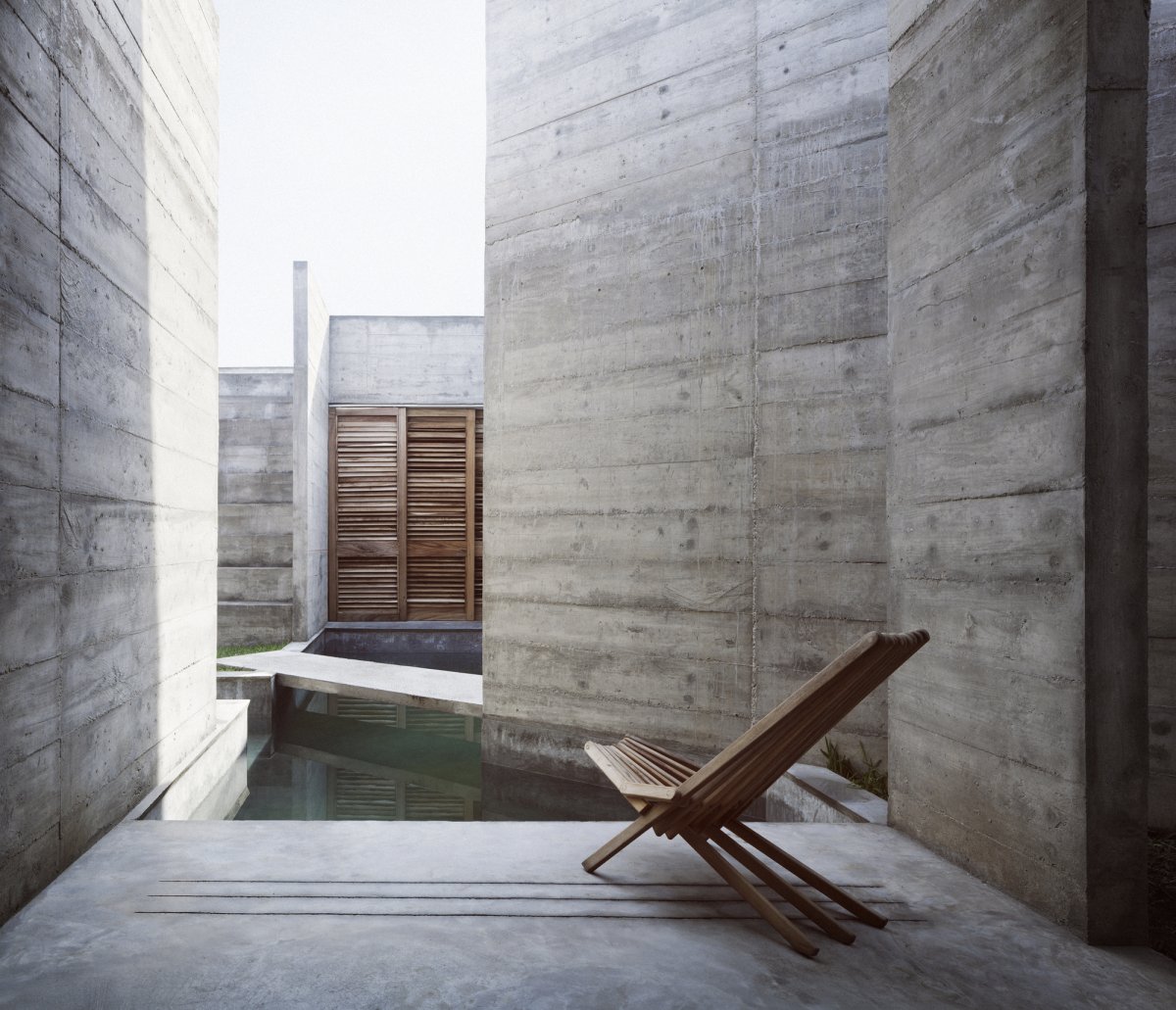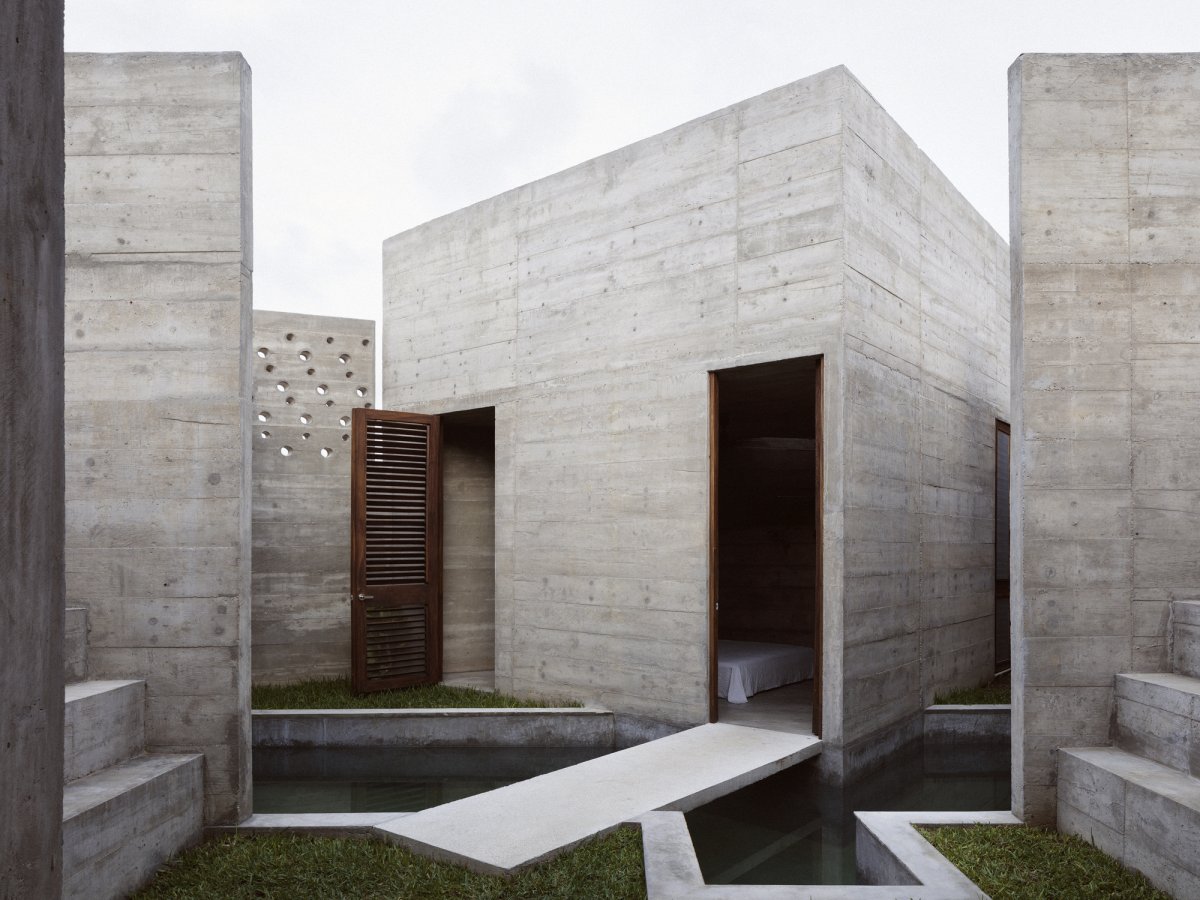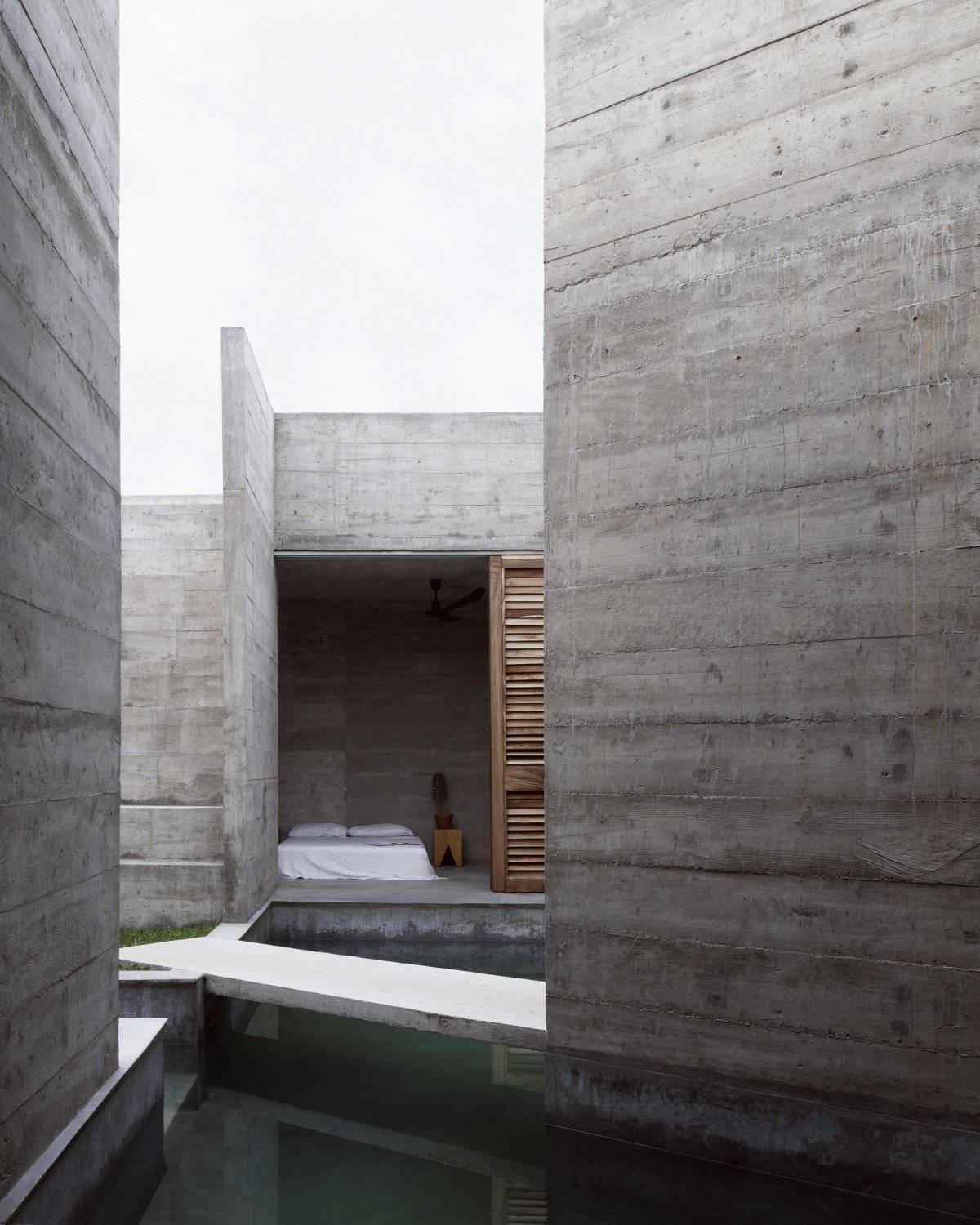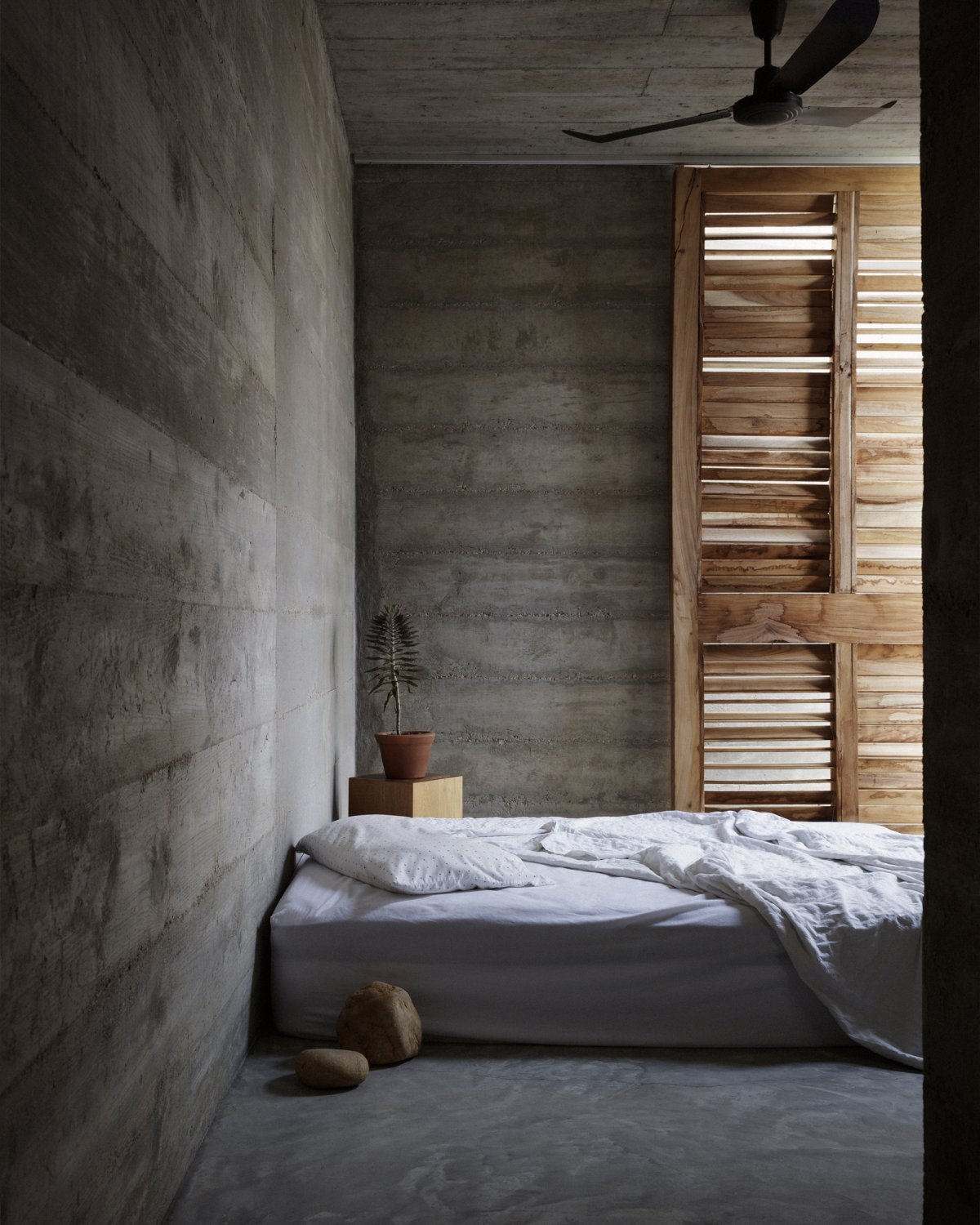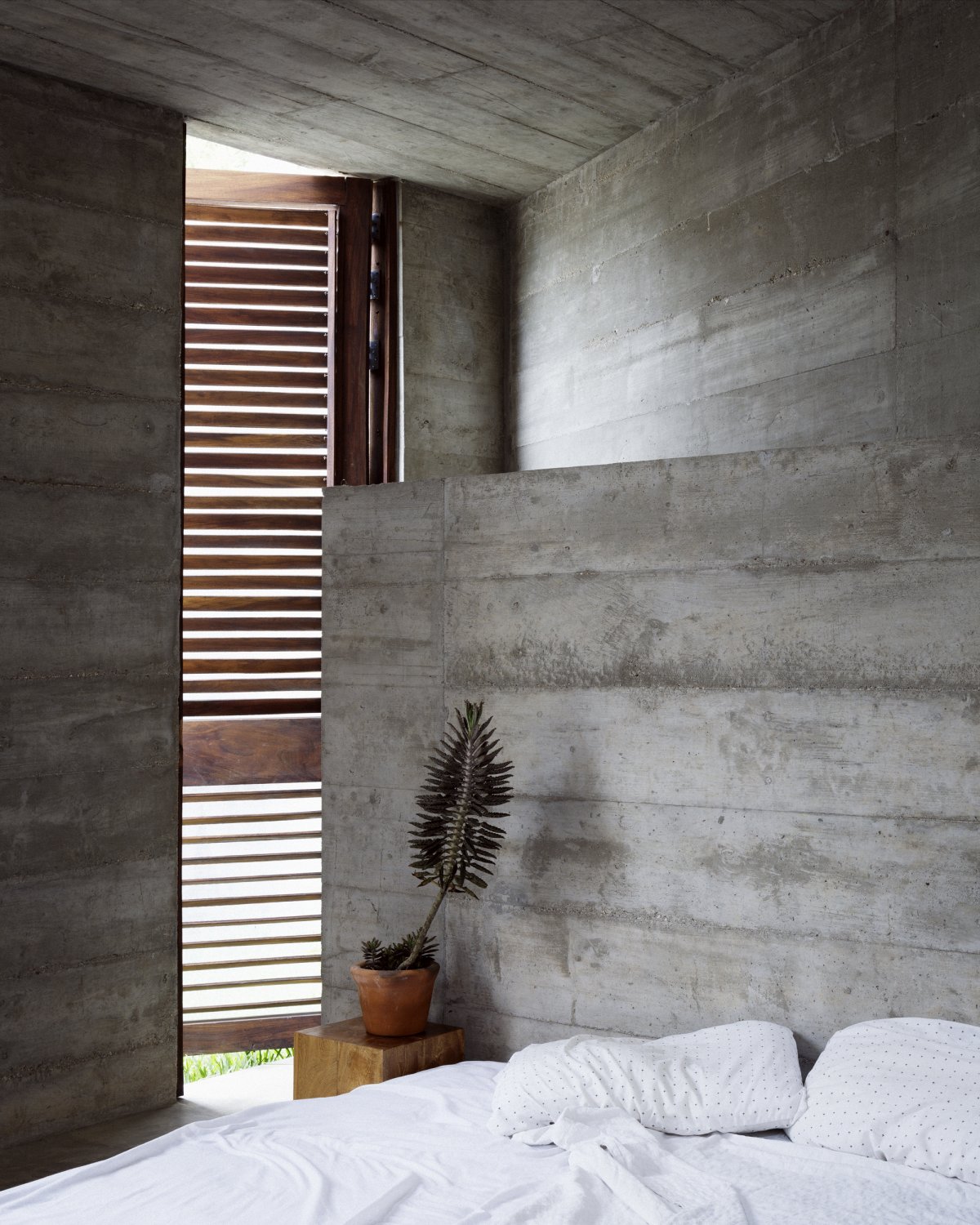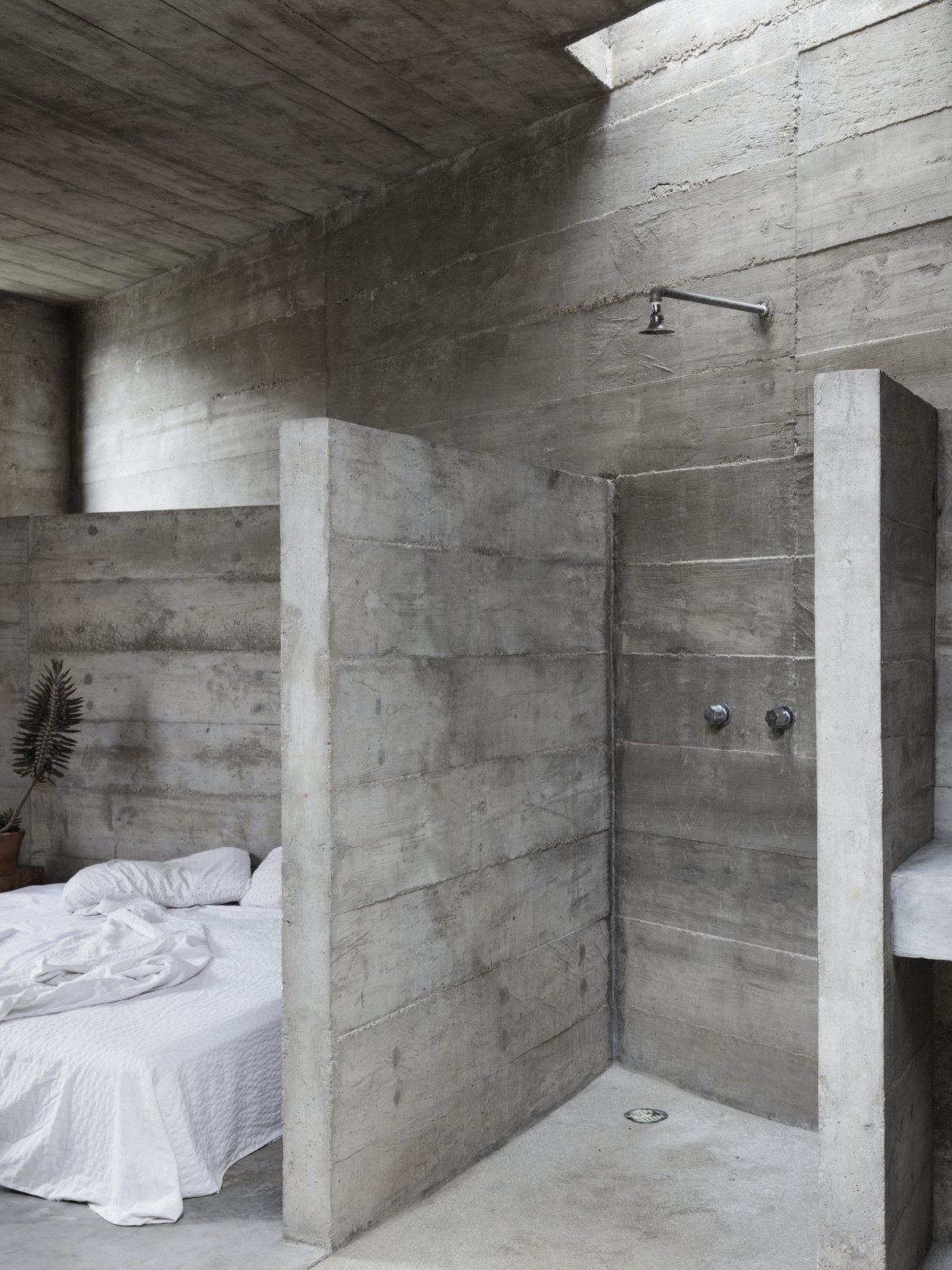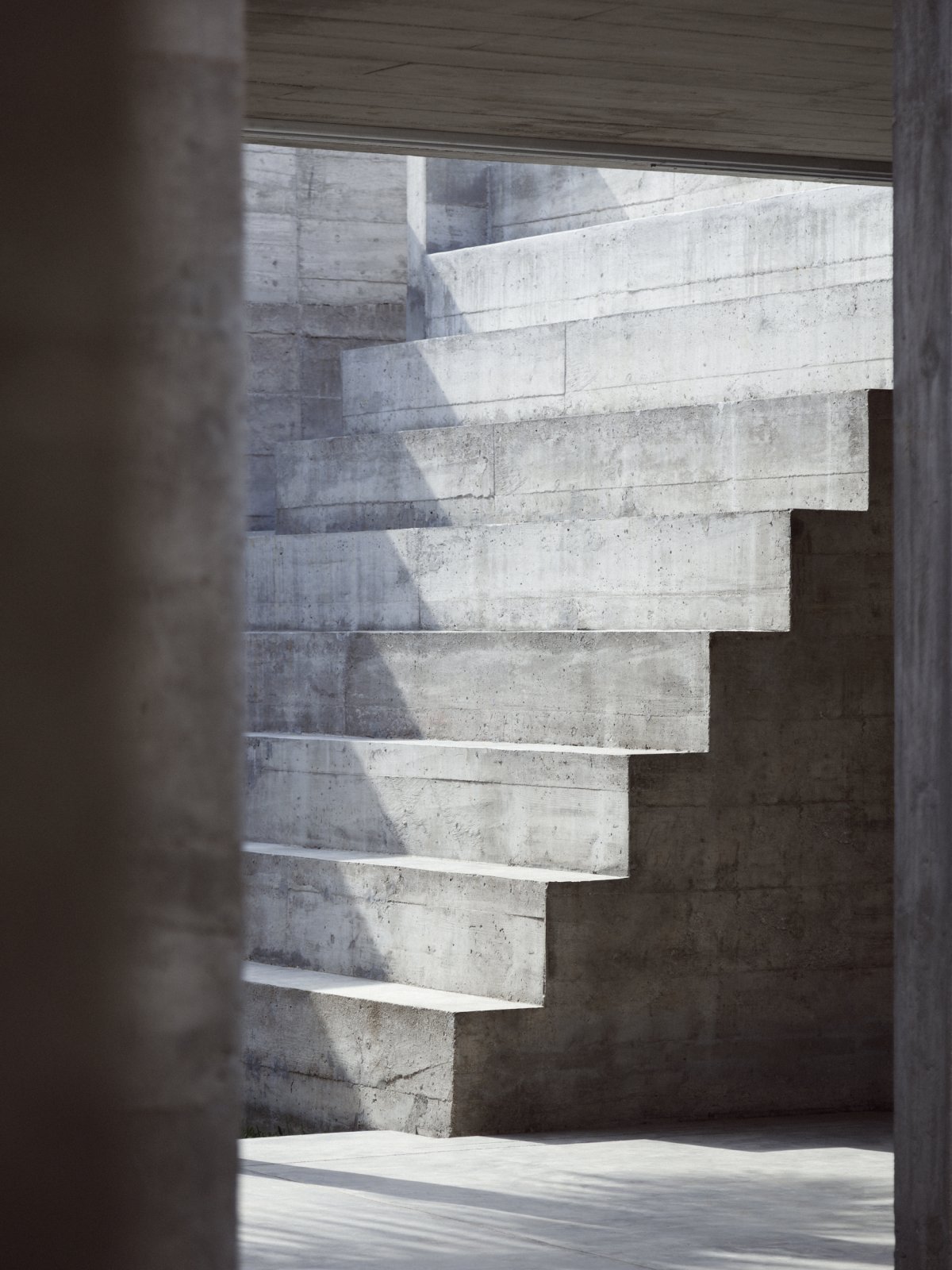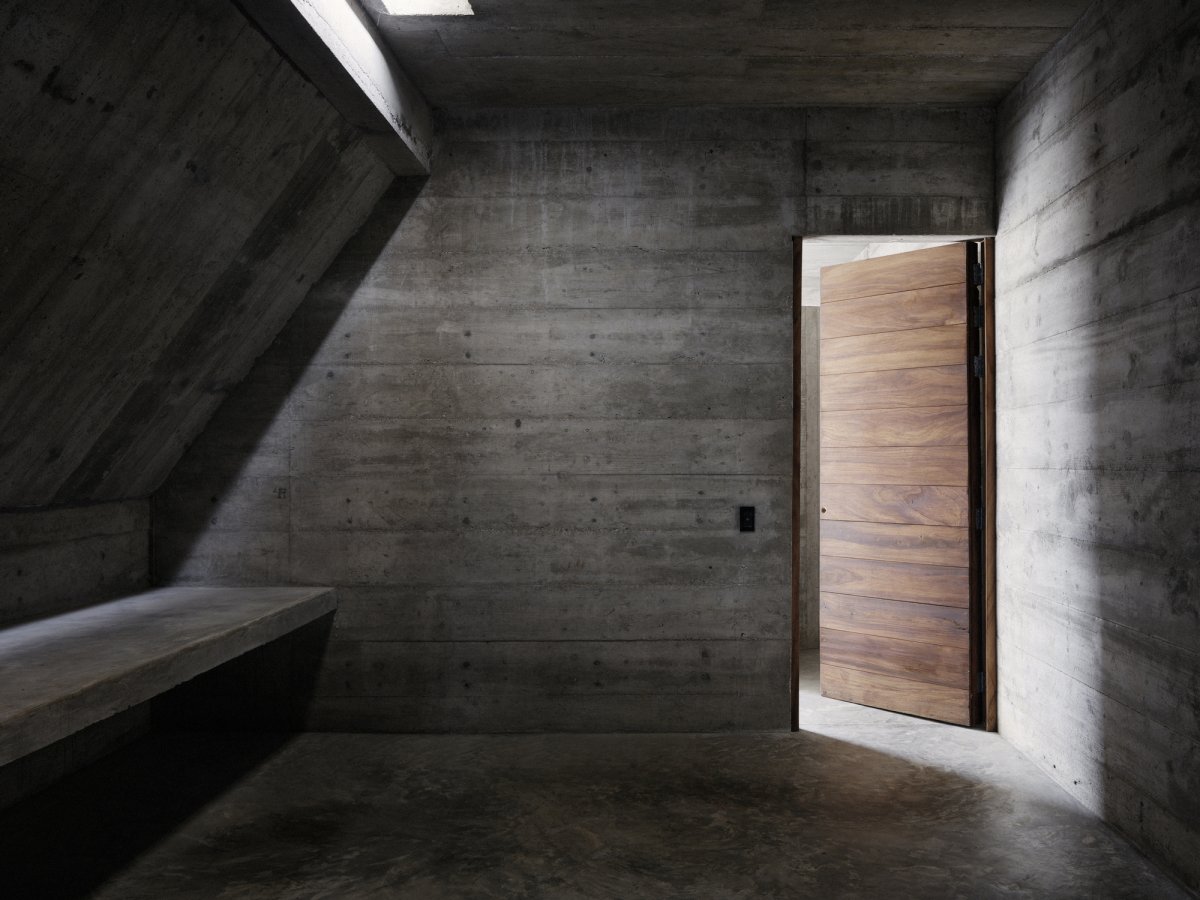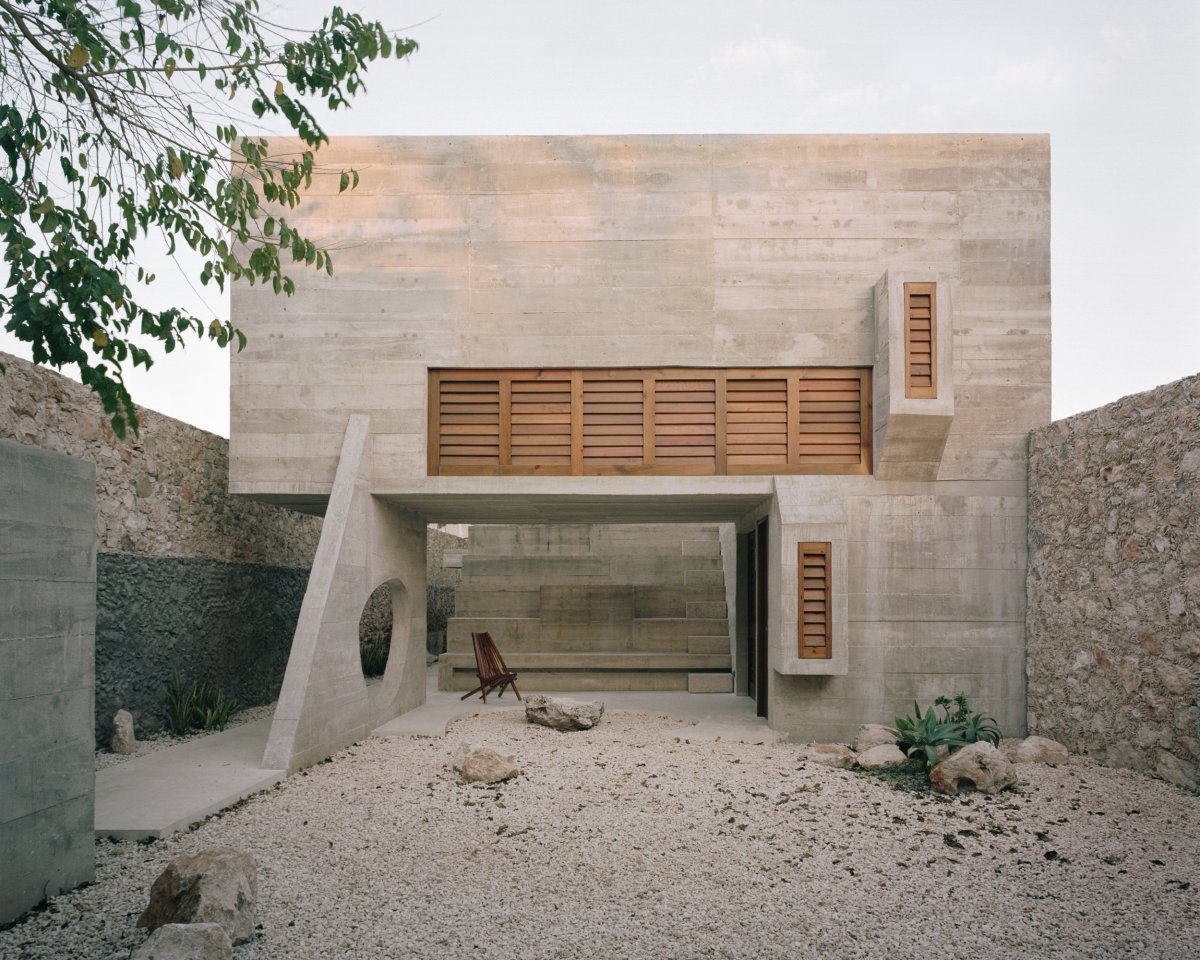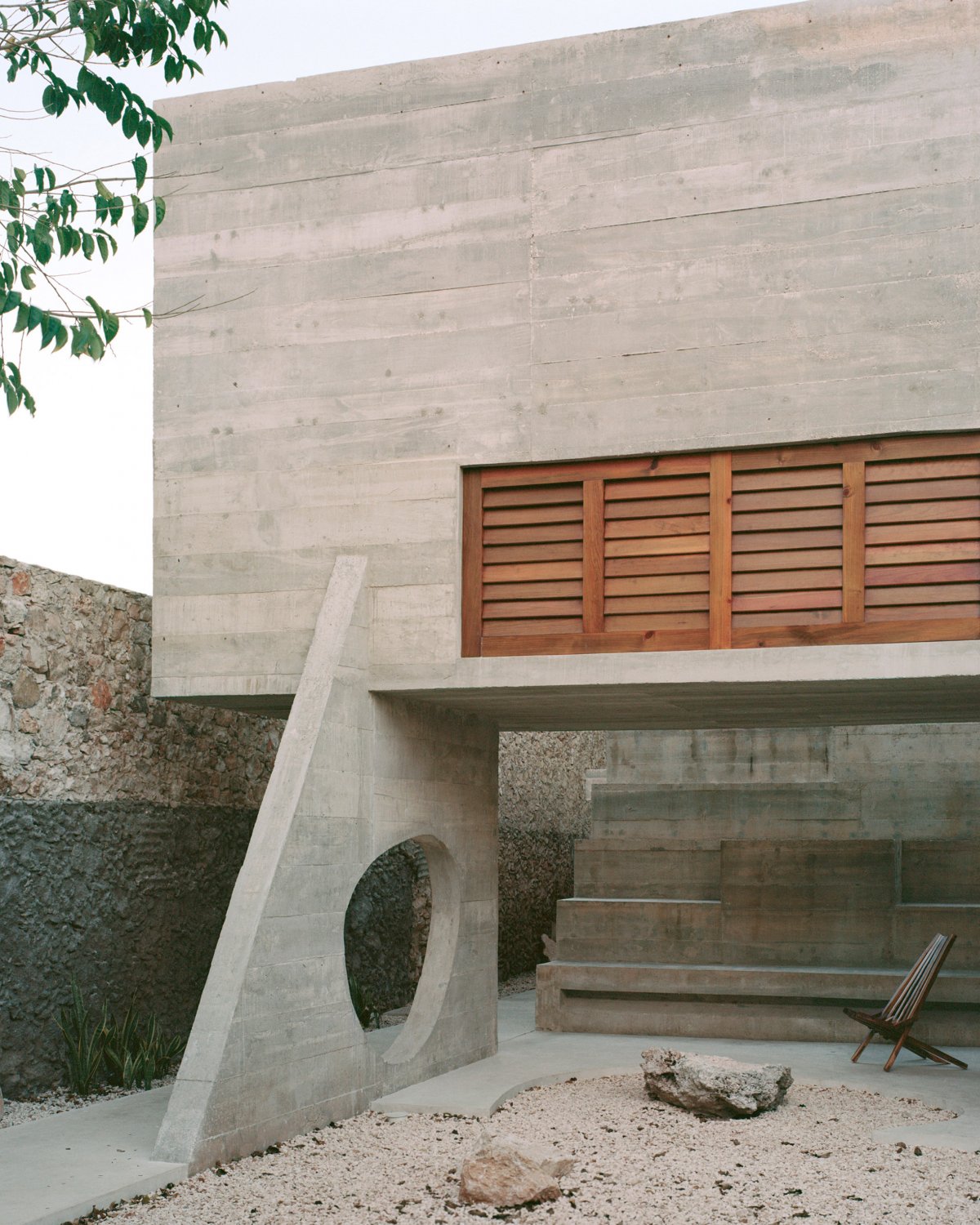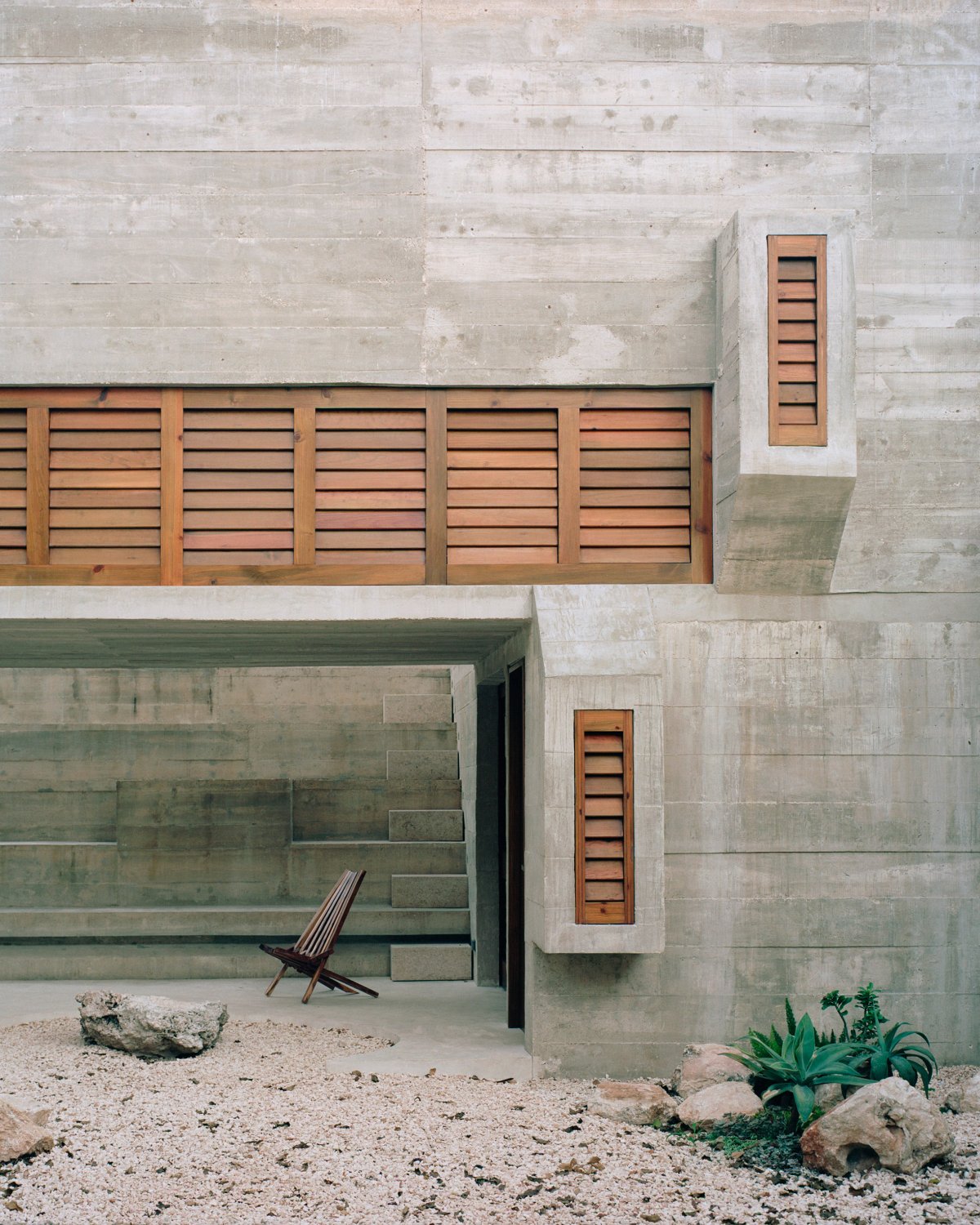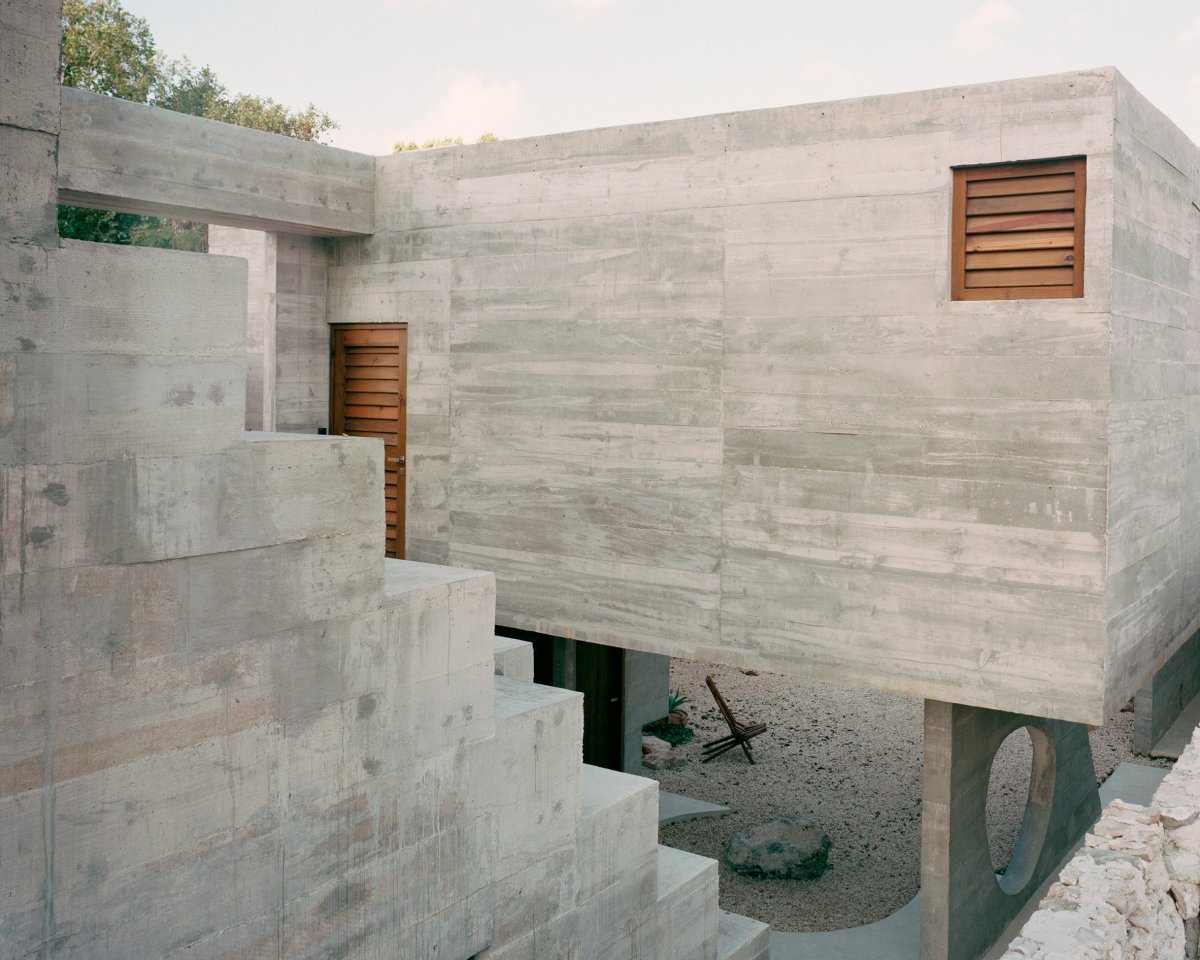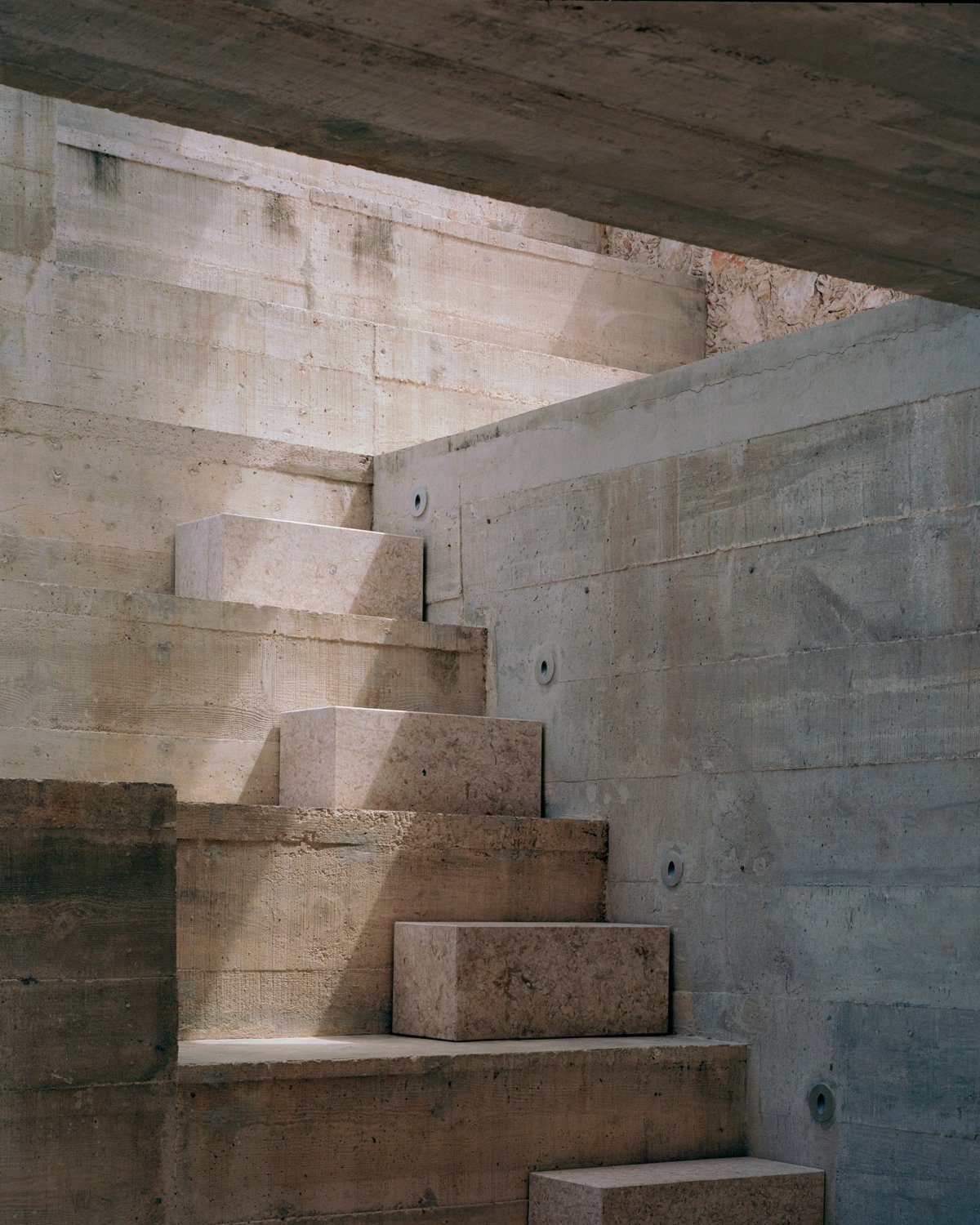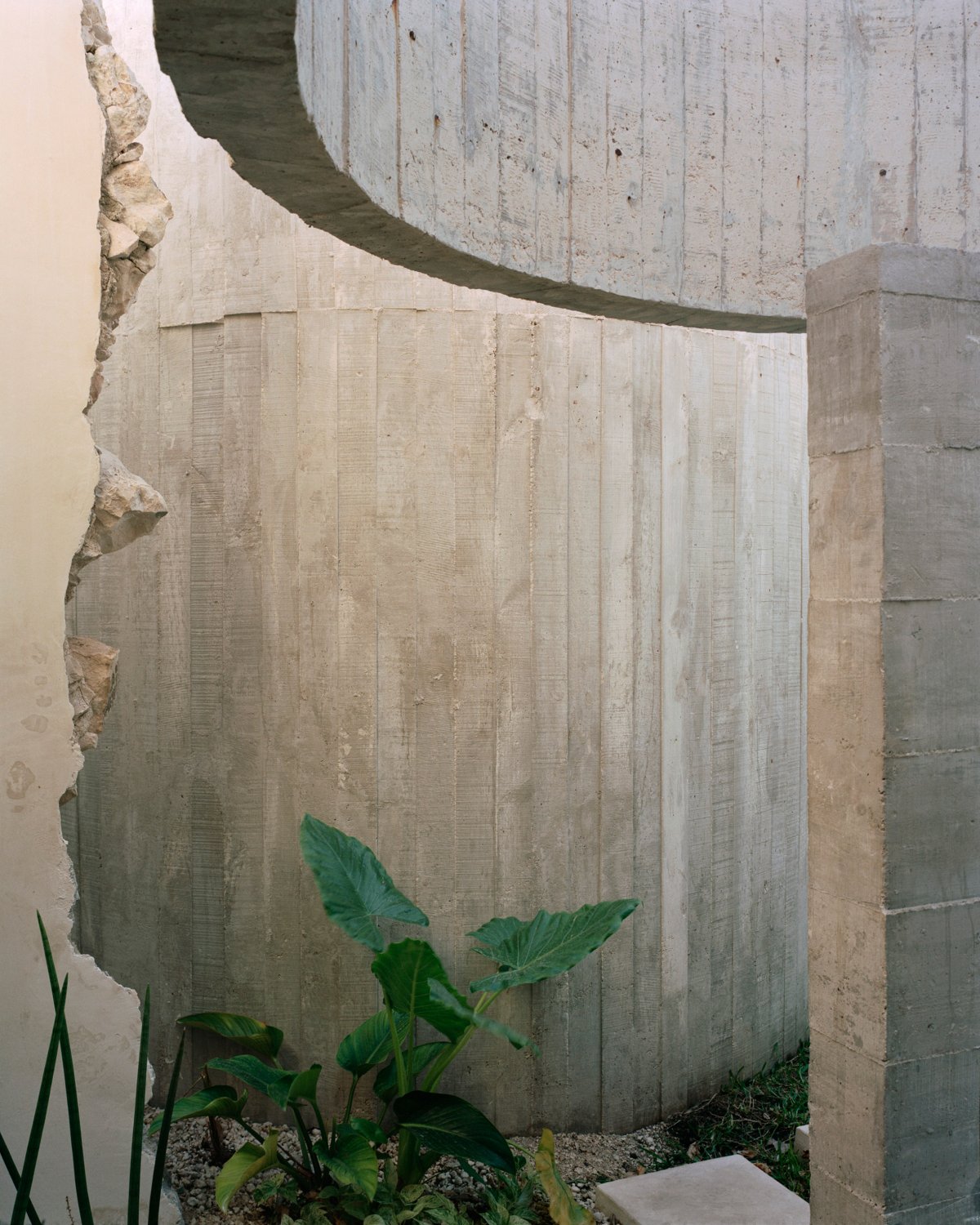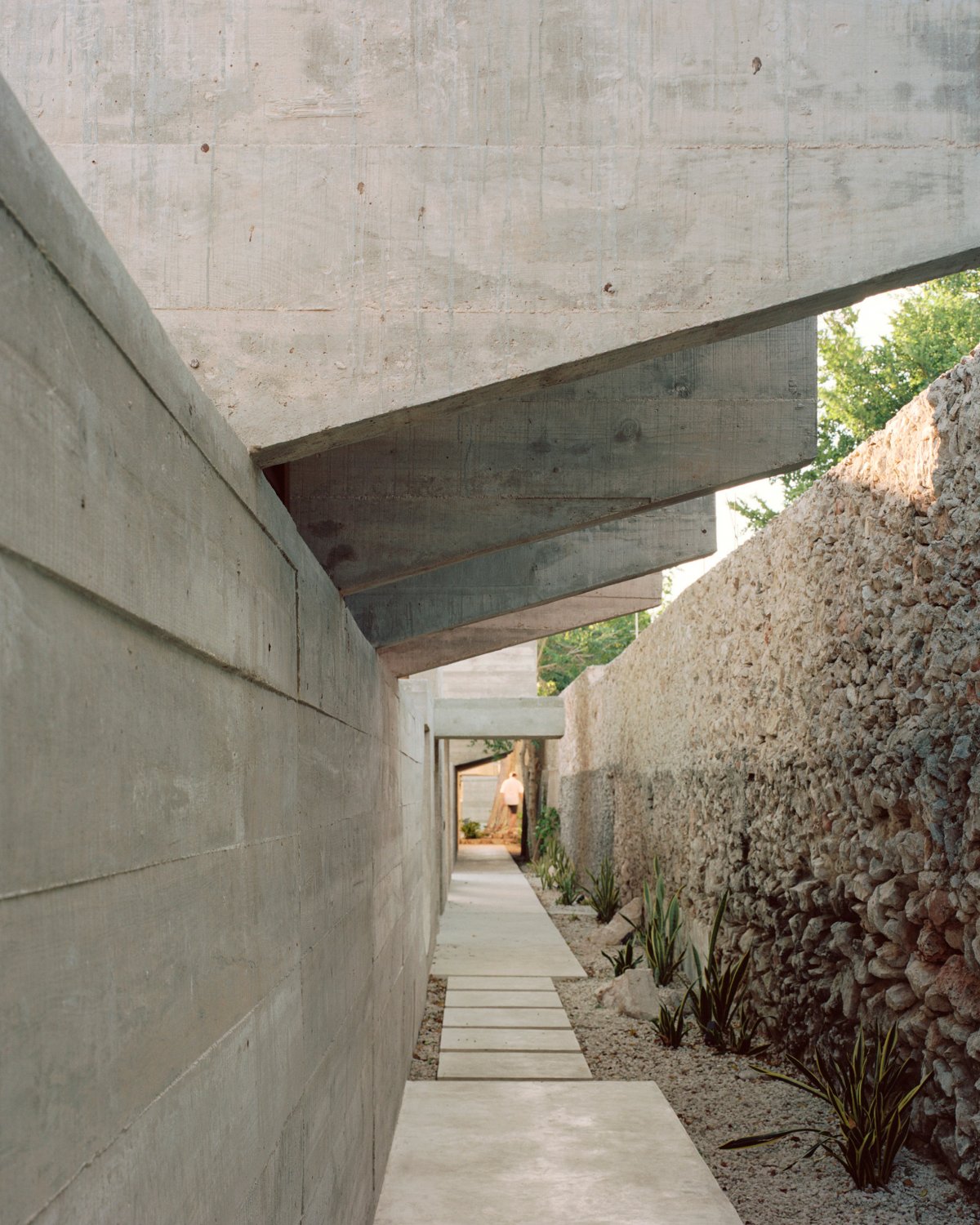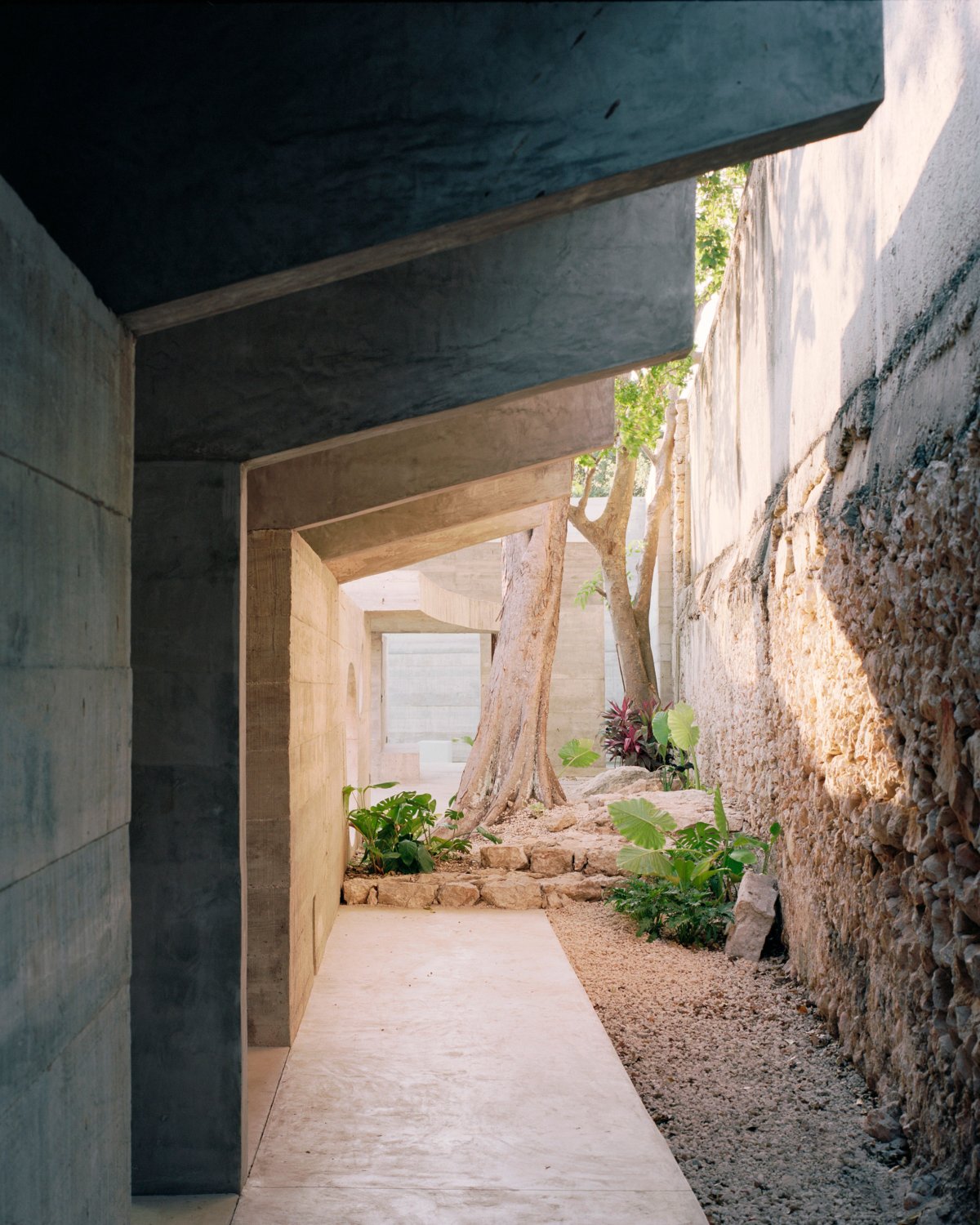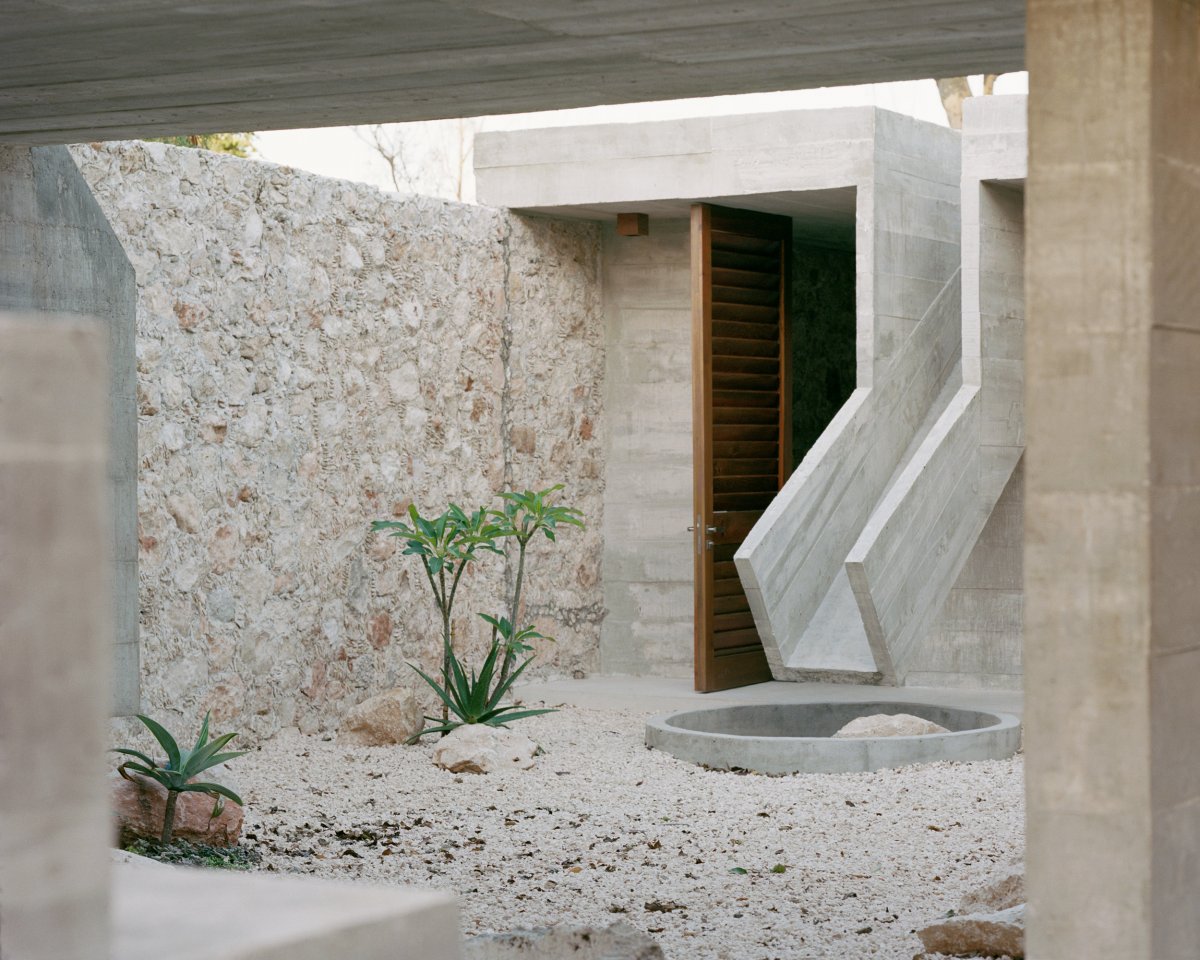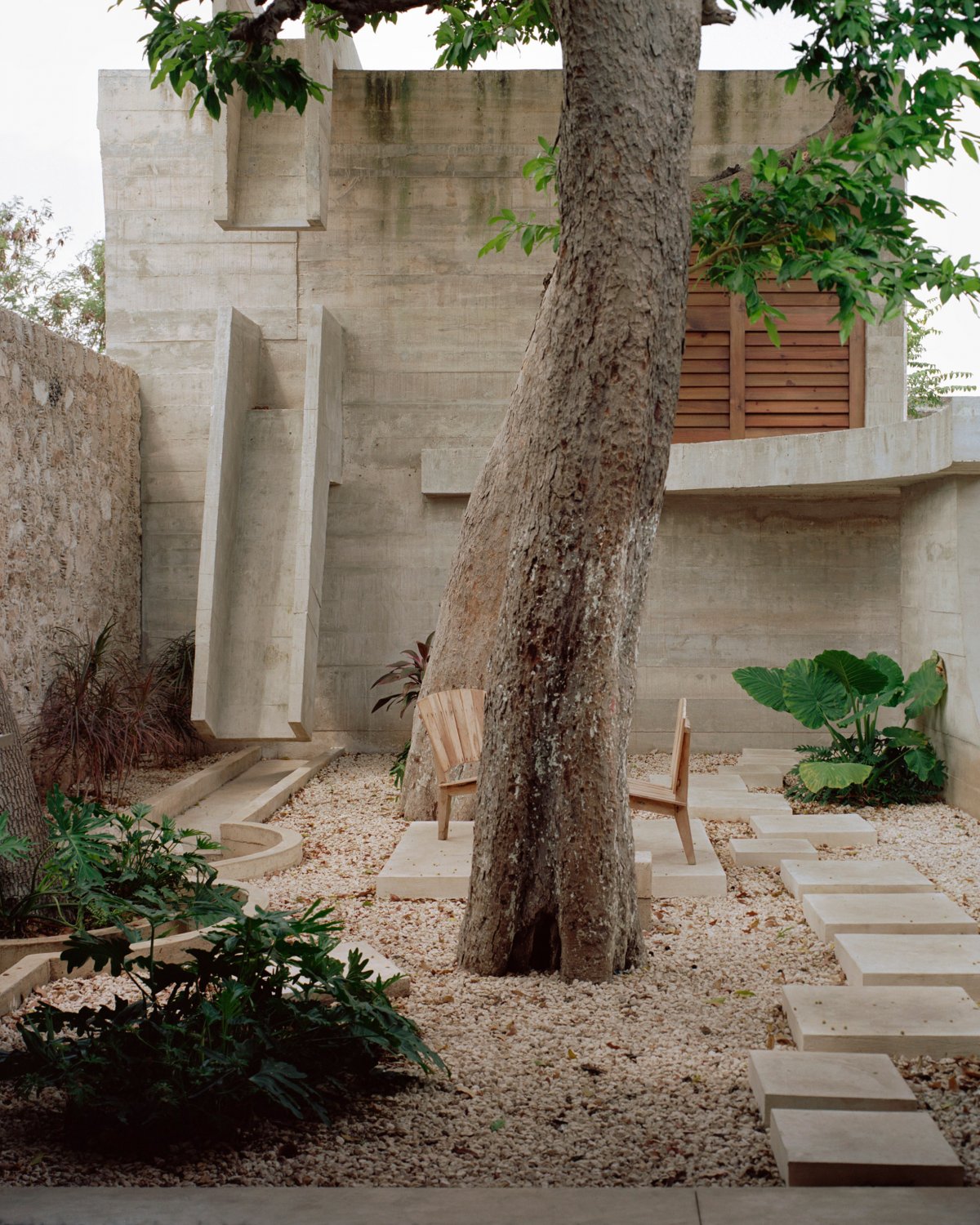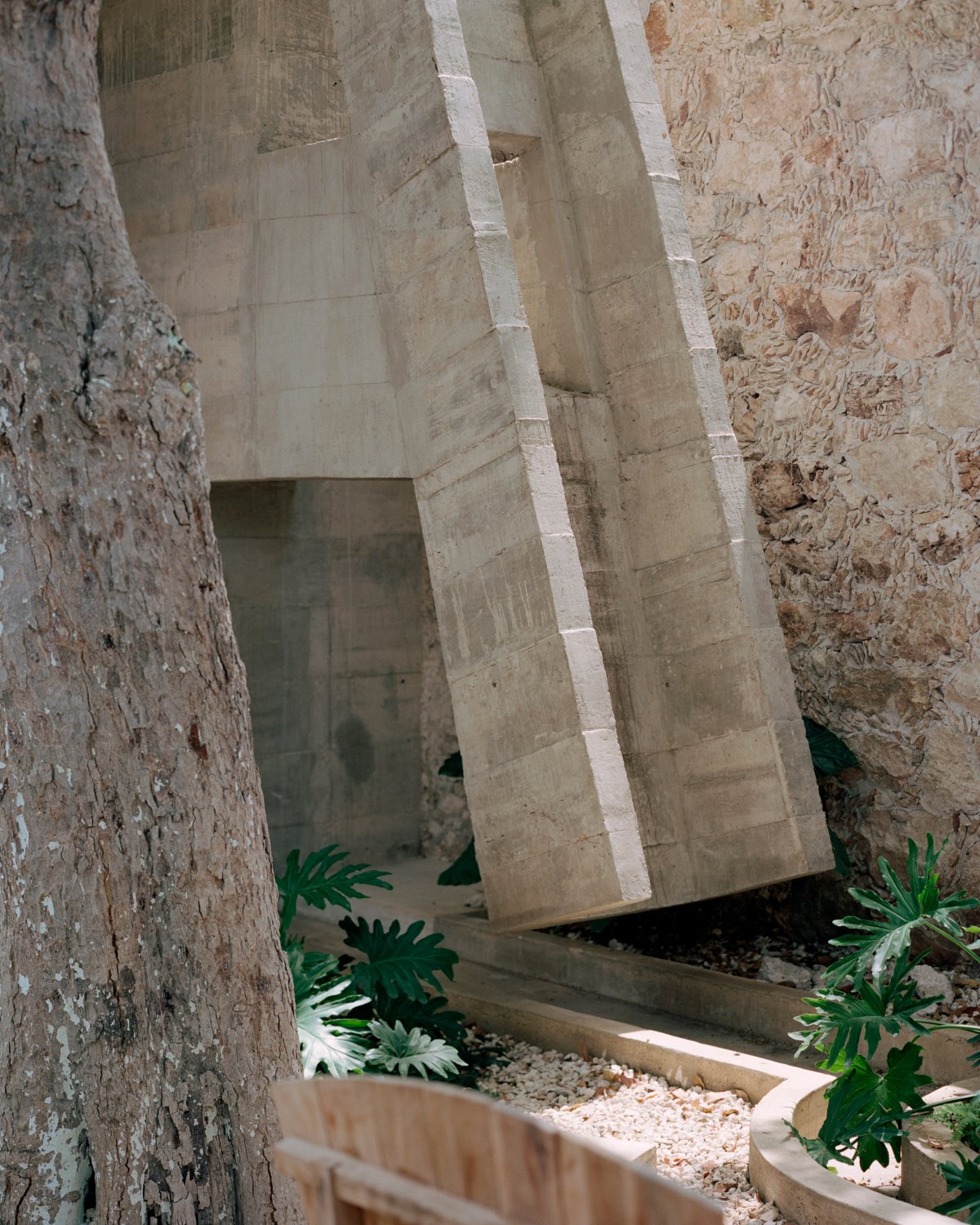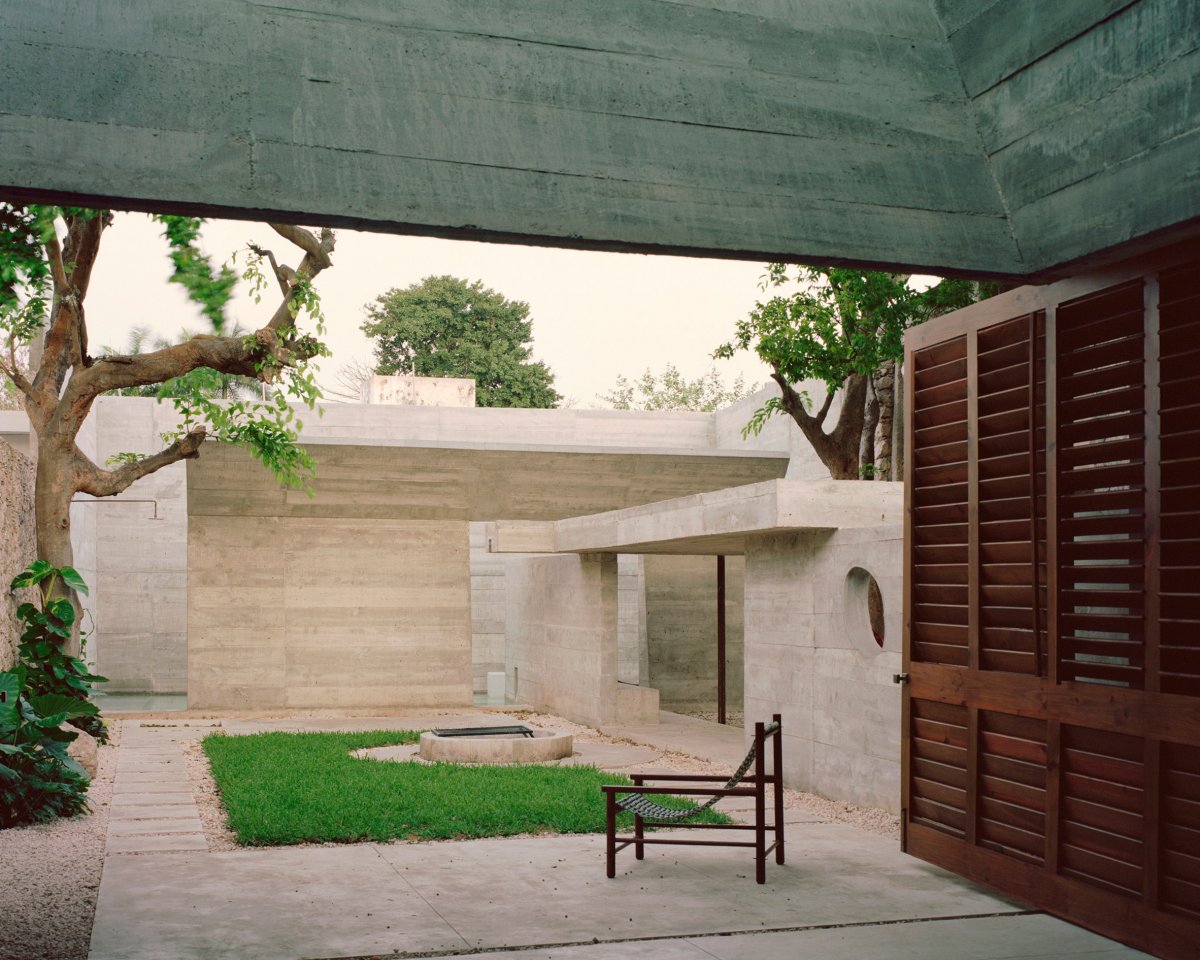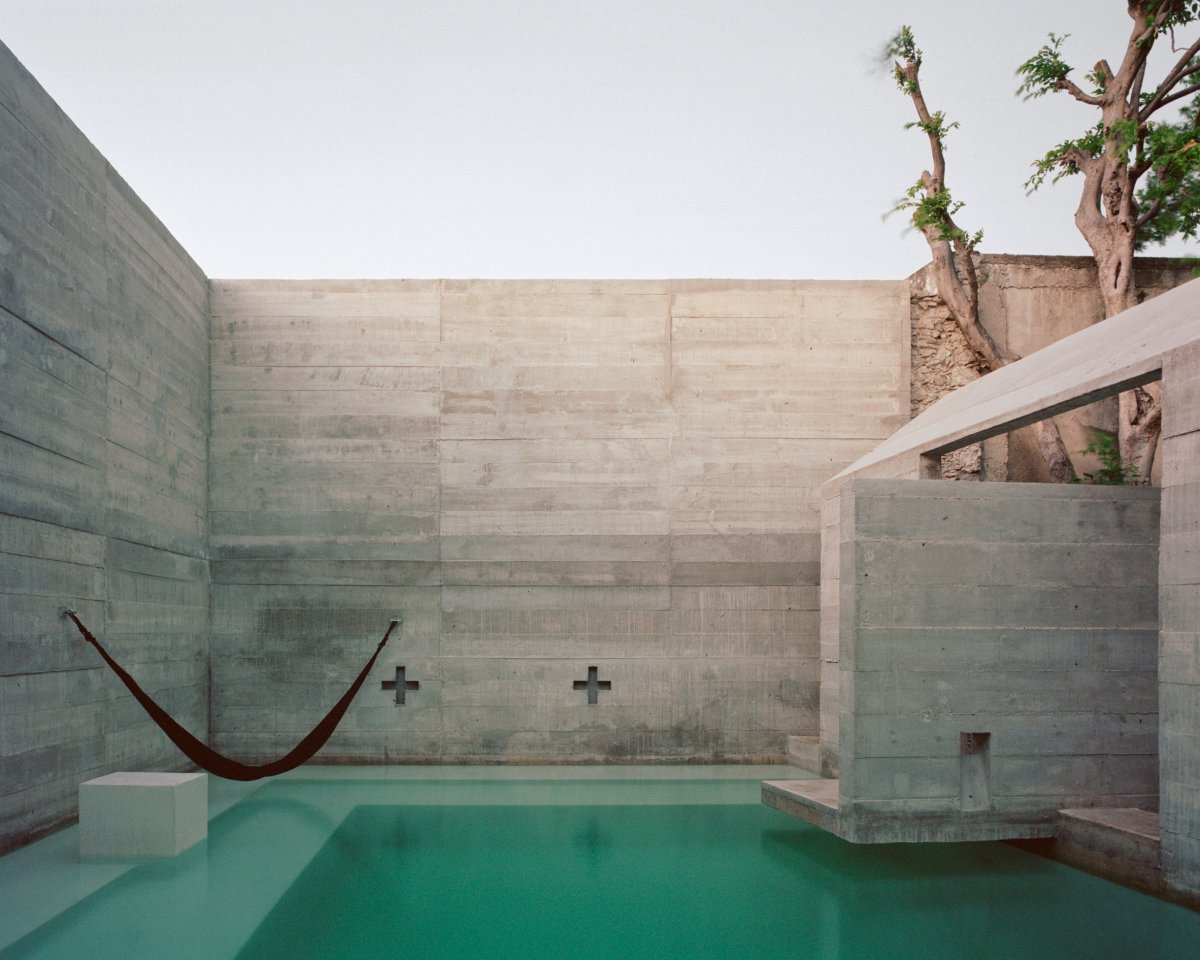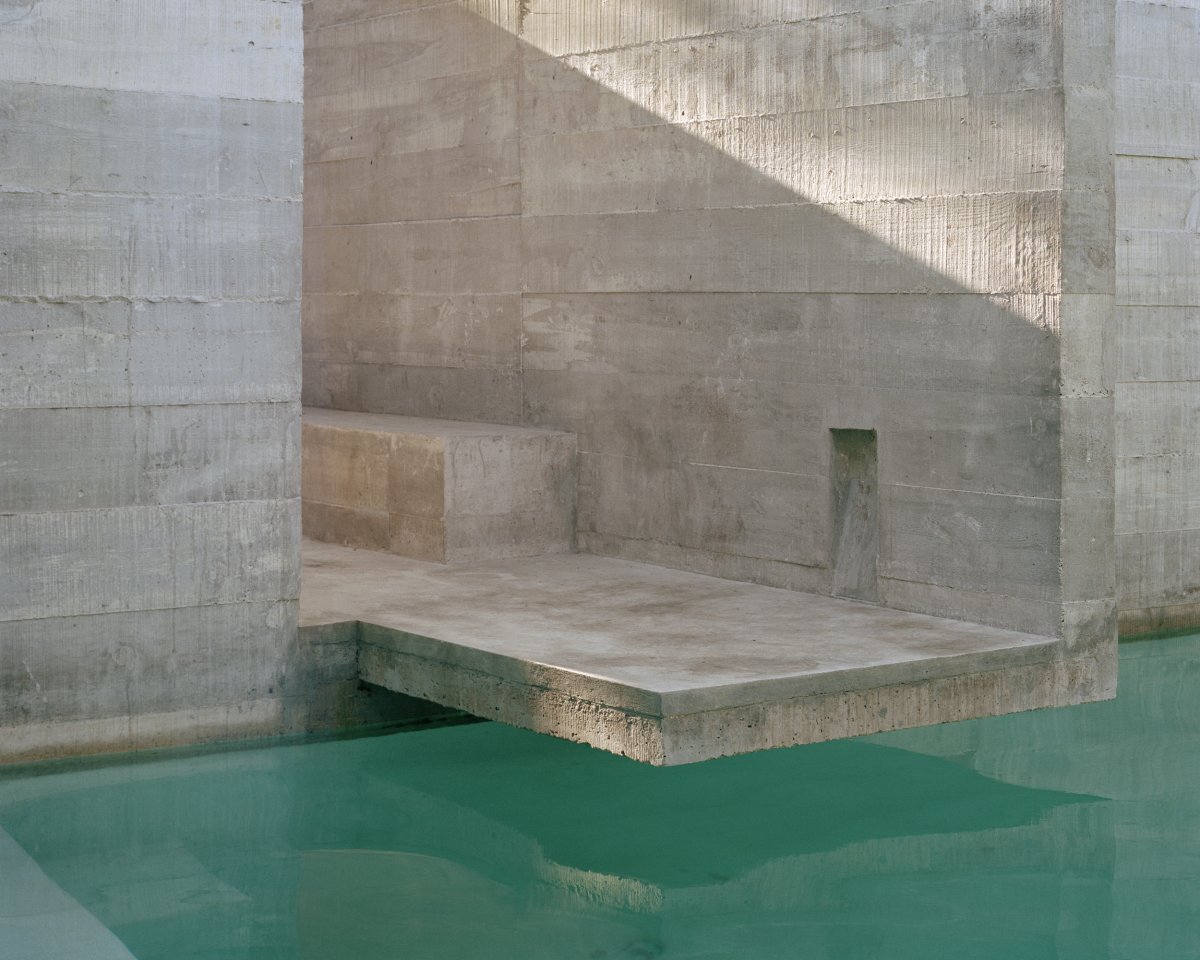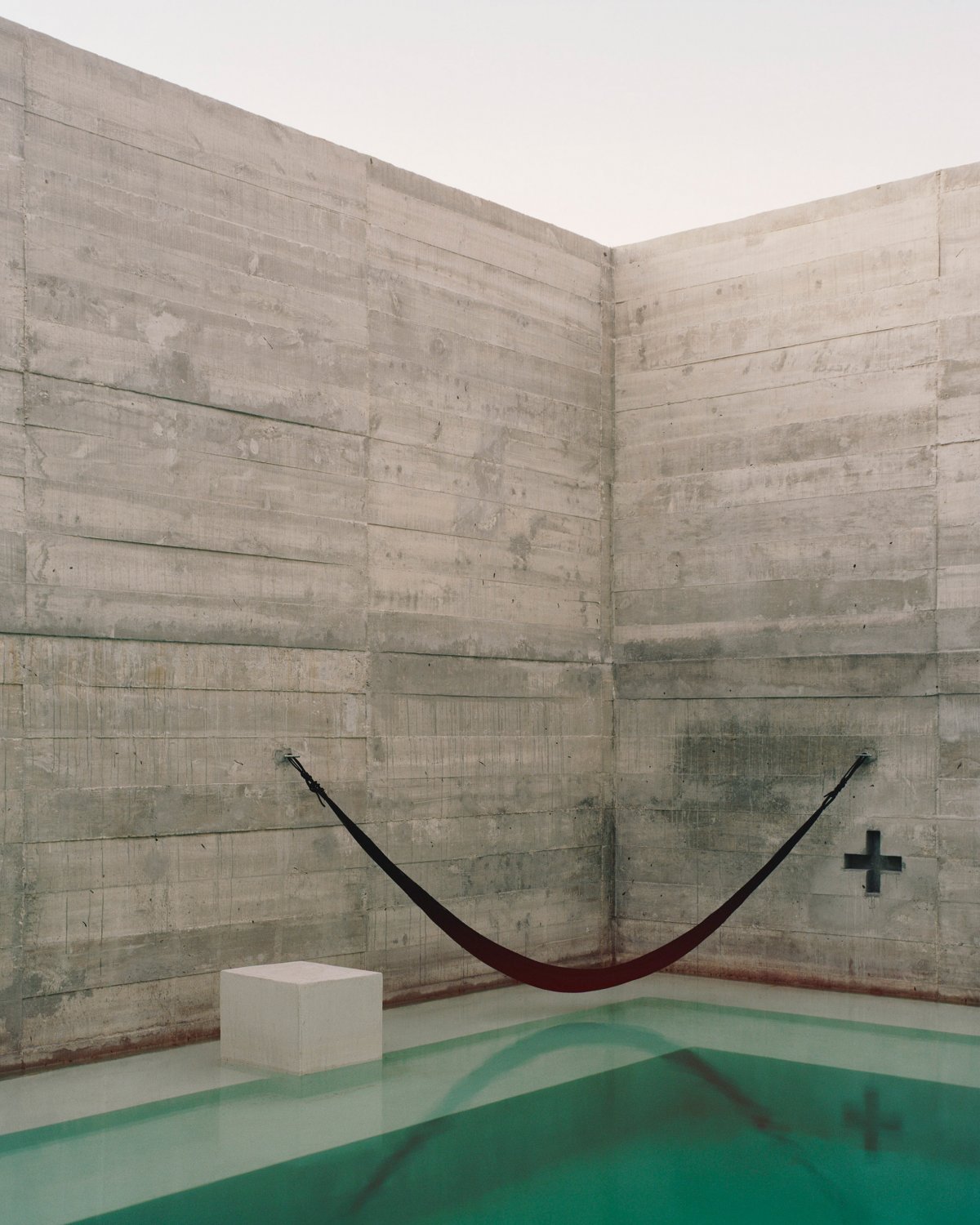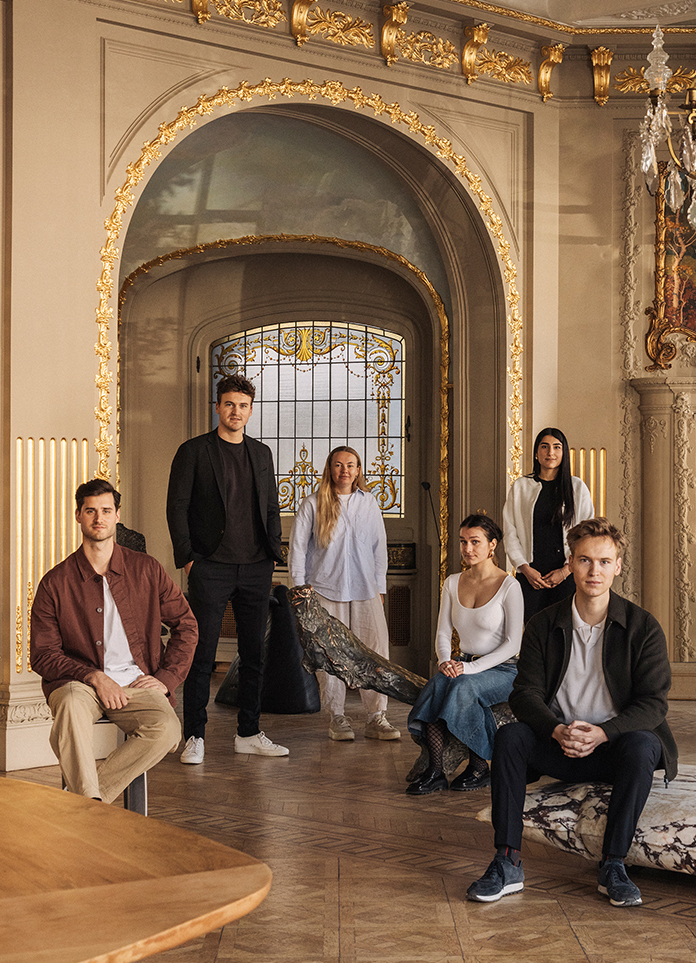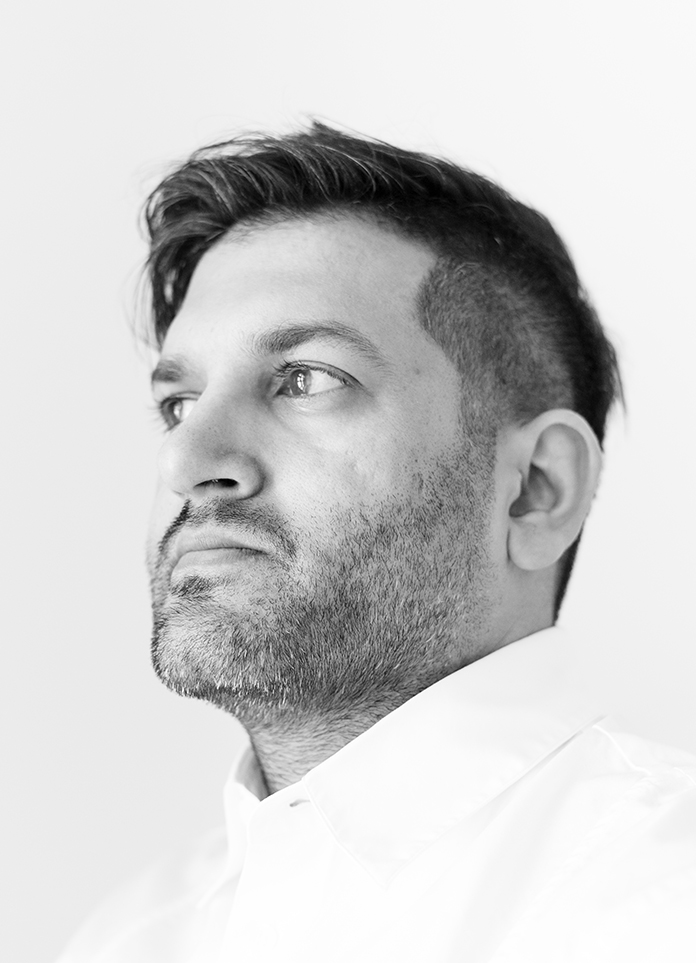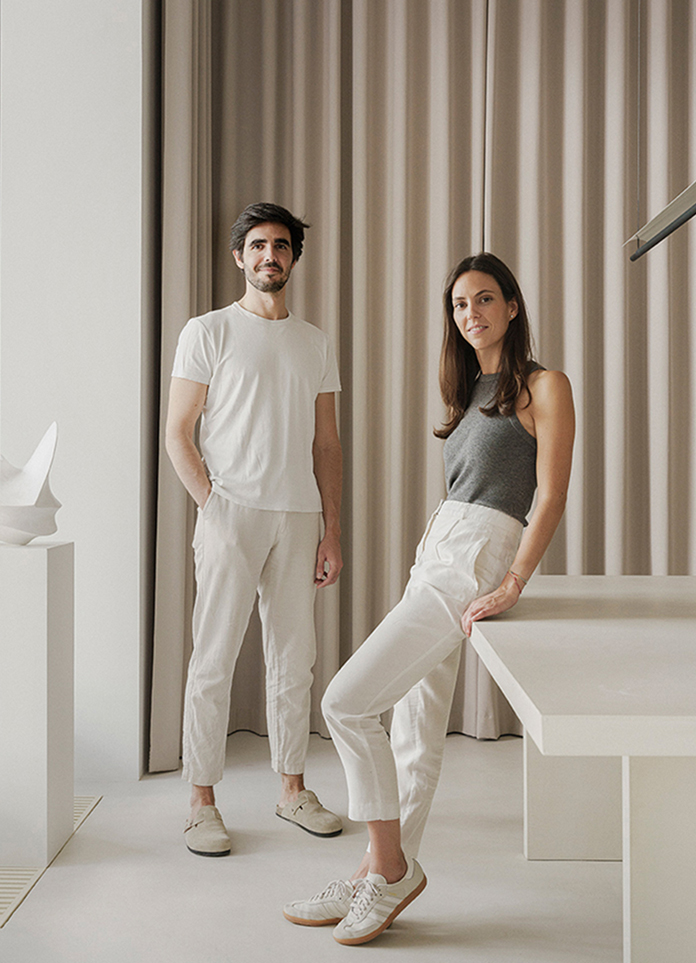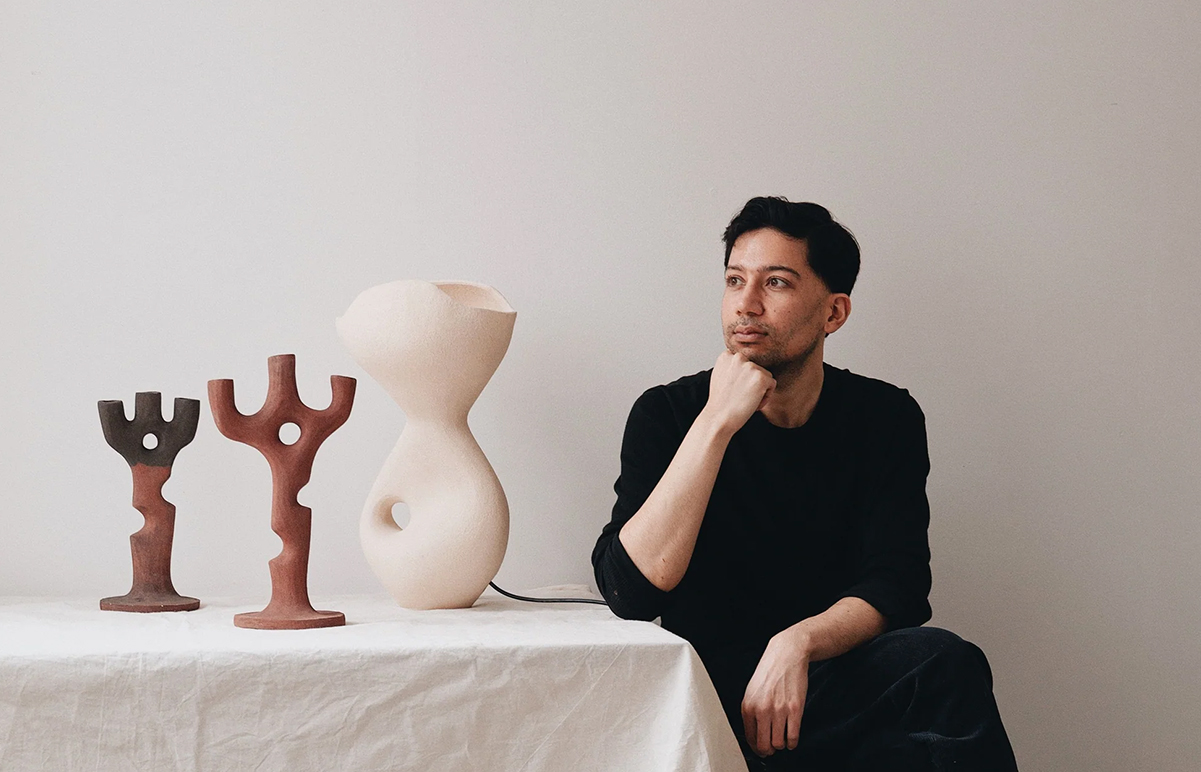
Yinterview.066 | Mexican Architect Ludwig Godefroy
The time as if it would be a material, following the idea of stepping back to this old and simple concept of “the patina of time”. In an opposite way of thinking from the “everything throwaway mentality”of our modern societies, i'm looking for the same simplicity and authenticity i find in the vernacular architecture.
Mexican architect Ludwig Godefroy founded Ludwig Godefroy Architecture in 2011. He graduated from the Marne-la-Vallee School of Architecture in Paris, France, and then worked as an intern at Laeser, Rem Koolhaas/Oma, Miralles, Tatiana Bilbao and other architectural firms. After setting up his own studio, he began to undertake various projects, seeking the similarity, correspondence and synchronization between architecture and nature to achieve design harmony. He believes that harmony is an intuition, and makes "consistency" a personal symbol.
Yinji:What kind of opportunity did you establish Ludwig Godefroy Architecture? Is itconvenient to share your design background with us?
Ludwig:I studied architecture in paris.
I worked for :
- Leeser architecture in New york.
- Enric Miralles / Benedetta Tagliabue in Barcelona
- OMA / Rem Koolhaas in Rotterdam
- Tatiana Bilbao in Mexico City
I founded Ludwig Godefroy Architecture in Mexico City, in 2011.
Yinji:What is the design philosophy of Ludwig Godefroy?
Ludwig:My architecture focuses on the relationship between two countries; on one hand the country where I was born: France, my origin, and on the other hand the one where I live and work: Mexico, my inspiration.
I titled this work : Concordance, in which I explore through my different architecture projects some subjective similarities I found between the bunkers of Normandy, where I come from, with the prehispanic mexican temples and pyramids. This relation between those two, a priori, disconnected worlds became my personal architectural signature and started to define a singular aesthetic.
I explore the common points of monolitism and monomateriality, stone versus concrete, of those two different kinds of architecture, both blinds and based on such an elemental architecture artefact, the wall. However it's the time and the common condition of ruins shared by bunkers and pyramids which link them on top of everything. The ruin is this contradiction of the time which has passed, but which is still remaining through the persistence of old elements from the past in our present, nevertheless in a state of recomposition.
This is precisely this property of time i'm using in my architecture, the time as if it would be a material, following the idea of stepping back to this old and simple concept of “the patina of time”. In an opposite way of thinking from the “everything throwaway mentality”of our modern societies, i'm looking for the same simplicity and authenticity i find in the vernacular architecture. This research of simplicity is leading me to create a clean and abstract architecture, composed exclusively by massive materials, such as concrete, wood and stone.
All those materials are able to get old and better looking under the action of time, rather than getting damaged. My architecture is willing to get rid of the unnecessary, to concentrate on the very essence of the structure of the building, where architecture could offer a contemporary reinterpretation of what could mean vernacular. My vision of architecture focuses on changing people habits rather than looking for technological improvements, towards a more simple way of living with less necessities, to minimize our impact on the ecology of our planet.
Yinji:How to introduce light into the architecture? What are your designprinciples?
Ludwig:Light is very important in architecture, it creates emotion.We need emotion and atmosphere in architecture.I see architecture as the sculpture, and the light as the element revealing the sculpture.
In my case, what i've learned from indigenous cultures and more specifically from prehispanic civilization legacy is : what do we want to feel inside of our buildings , how can the atmosphere of my architecture can remain sacred and sensitive.My architecture is always playing with temples and pyramids references.
In the case of casa mérida, the house is organized along a sacbé “white way”, the mayan roads that used to connect temples and pyramids together, ending in the swimming pool looking like a concrete cenote .According to me, The relation with emotions you will feel in a space, is the very essence of a project, which mean once you created emotions in architecture , you don't need much more and you can naturally step back to more simple architecture elements , made out of simple but massive materials, able to get old instead of getting damaged in time .
I want to run away from the “everything throwaway mentality” of our modern society , getting rid of the uncesarry, creating timeless spaces which will slowly change under the action of time , ageing being part of the architecture, an architecture which will get covered by a new coat of materiality : “the patina of time”.
I always design my architecture like a peasant would do.I always draw short structures, using short beams, between 4 to 5 mts long ; dimension I know any mason in the world will be able to build without any specialized skills.
I know this way everything will be local , starting with the workers, a house in yucatán has to be built by people from yucatán, It´s for me the first step to start belonging. I want my architecture to respond to local techniques , the stone, the wood I use, will always change according to the region where I am building.
Yinji:After traveling to many countries, why did you choose to stay in Mexico?What inspiration does the local Mexican culture have on your design?
Ludwig:I arrived in mexico 14 years ago , my architecture changed, became heavier , made out of concrete, stone and tropical wood.Mexico changed my way of designing , I started to look at prehispanic architecture and mix it with my personal taste, the bunkers from normandy ( where I was born ) , my european education and background working with OMA and Enric Miralles / Benedetta Tagliabue.
But now , I definitly consider myself as a mexican architect and not a french or european architect anymore .Mexico is the country where I live , it's my inspiration, and it's made out of mexicans references and mexican moments of life. The way i'm building right now is also mexican, more handcrafted and less industrialised, always integrating locals knowledges and details coming from mexican vernacular architecture and way of building it.
My architecture became a bunker from normandy on the outside, protecting my personal mexican pyramid on the inside, both connected by the use of vernacular simplicity ; vernacular simplicity from my fisherman village in Normandy being in a way very close to the vernacular simplicity of the mexican countryside where I build.
Yinji:What do you think of the design differences in different cultures?
Ludwig:I' m always mixing everything, references , trips , architectures from different countries , to create my own personal architecture .At the same time , My architecture always works with the existing surrounding , what do i have on the site, what do i have to solve , there is always something you can make better .Architecture is not about producing beauty .I always think you belong to a permanent work in progress .
There were people before you on the construction site you're working on , and there will be people after you .I see architecture as a palimpsest, when you clean up the lamb parchment, the previous story will never vanish 100 % . There is always something remaining from the past story in the back of the new story you are writing on top of your palimpsest.
Yinji:You have been committed to design for many years, so what keeps you excited about this field?
Ludwig:Architecture is endless . This is very exciting .
- Architect: Ludwig Godefroy
- Photos: Rory Gardiner
- Words: Ying

